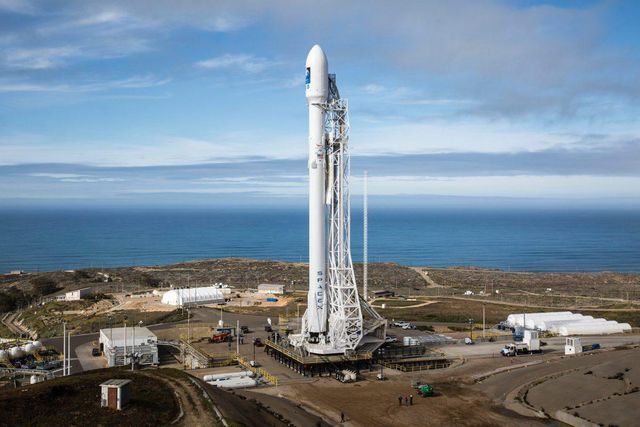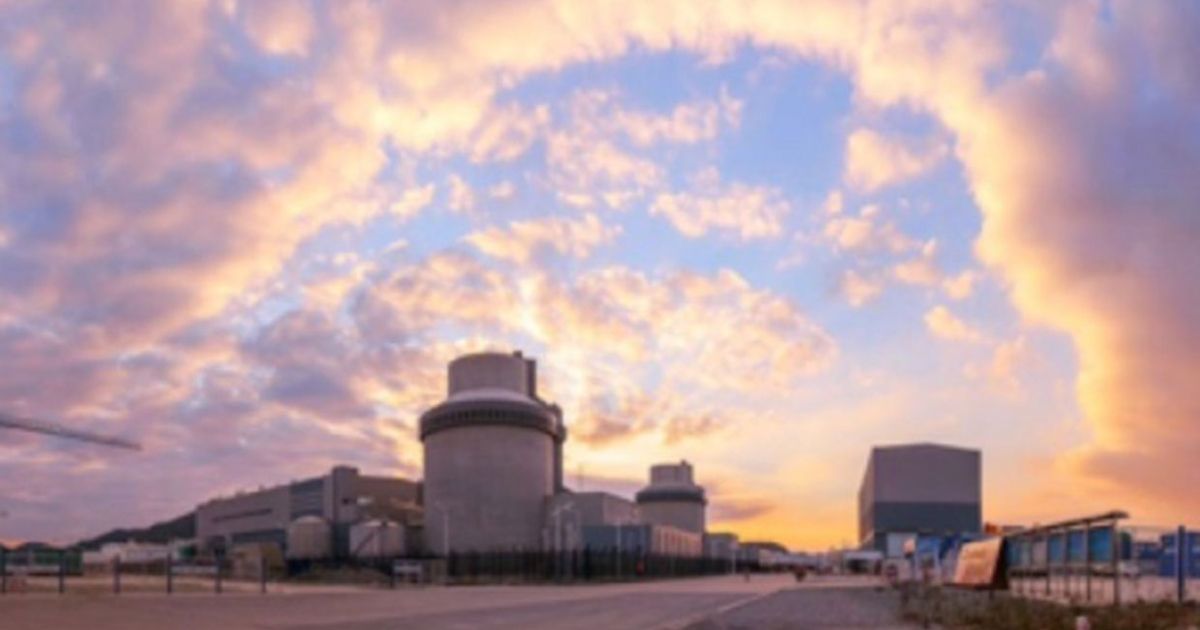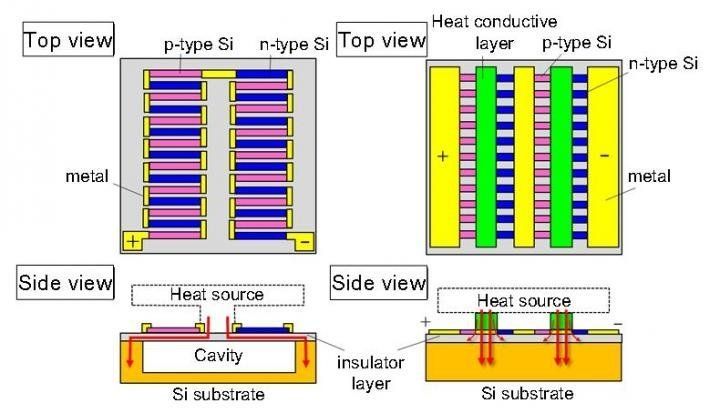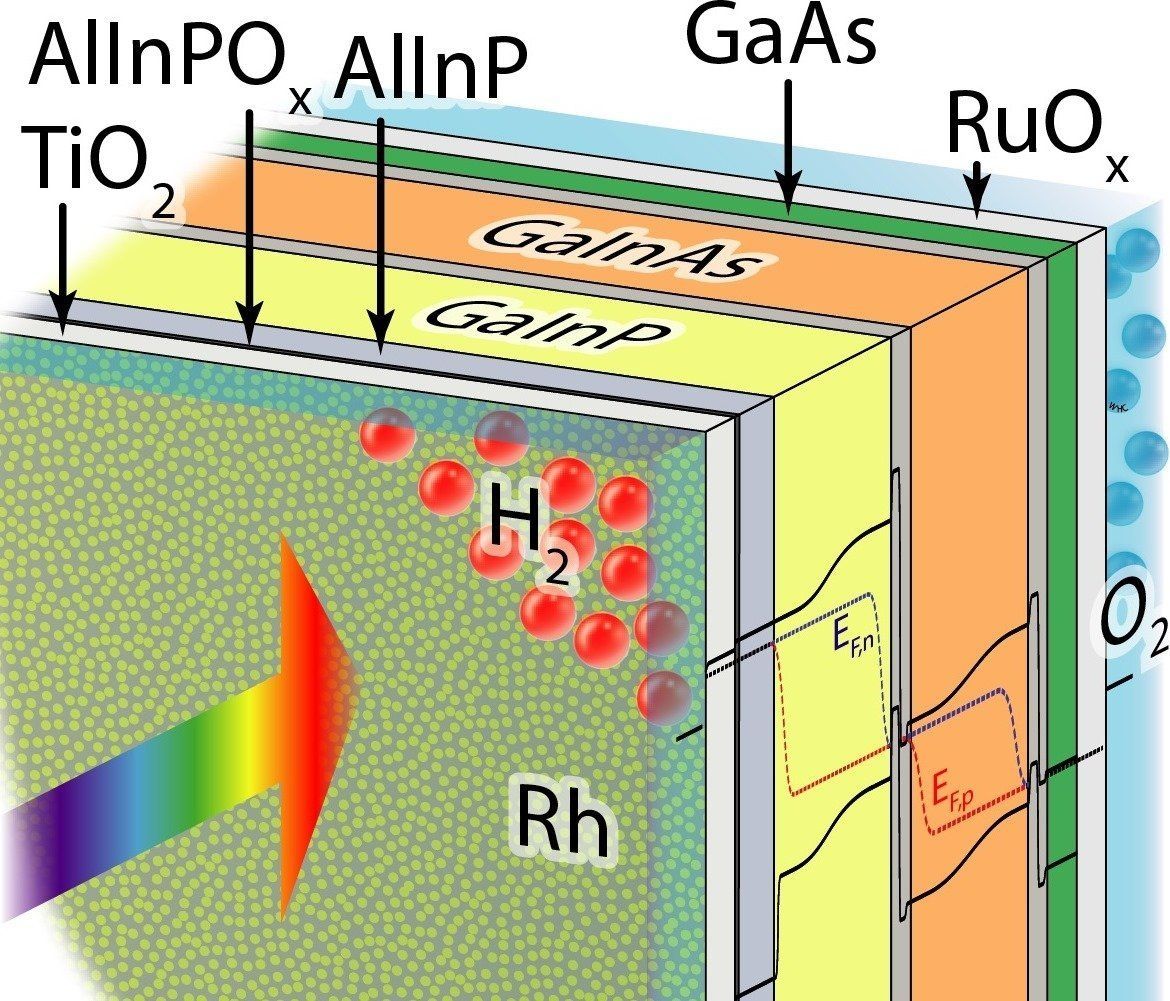Page 10011
Jul 7, 2018
Exosuit to assist elderly mobility will be in stores
Posted by Klaus Baldauf in categories: cyborgs, robotics/AI

Seismic is combining clothing and robotics into what they call Powered Clothing™. They aim to get exosuits into stores by the end of 2018 in the US, Japan and the UK.
Jul 6, 2018
Chandan Sen presenting at Undoing Aging 2018
Posted by Michael Greve in category: life extension
New video from Undoing Aging 2018: Chandan Sen, The Ohio State University, presenting his work on Tissue Nanotransfection: Reprogramming the Tissue Microenvironment in vivo.
Jul 6, 2018
Longevity Film Competition
Posted by Maria Entraigues Abramson in categories: biotech/medical, life extension
ANNOUNCING THE LONGEVITY FILM COMPETITION
Please join in the crusade of eliminating age-related disease by making a video, and not only potentially help save lots of lives, but also win the first prize of $10,000! Second prize is a trip to meet Dr. Aubrey de Grey! This international (short) film competition is presented by the SENS Research Foundation, the International Longevity Alliance and Heales. The winning film will be chosen by our remarkable jury. For more information on how to compete and to sign up please visit www.longevityfilmcompetition.com
Jul 6, 2018
Neuroscientists Improve Memory Formation, Provide Hope for Alzheimer’s Patients
Posted by Nicholi Avery in categories: biotech/medical, neuroscience
The workings of memory and learning have yet to be clarified, especially at the neural circuitry level. But researchers at Uppsala University have now, jointly with Brazilian collaborators, discovered a specific brain neuron with a central role in learning. This study, published in Neuron, may have a bearing on the potential for counteracting memory loss in Alzheimer’s disease.
When a person with dementia forgets having just eaten dinner, it is due to hippocampus damage. In contrast, the same person can describe in vivid detail a fishing trip to Norway 40 years ago. Both cases entail the use of episodic memory, the brain’s storage of events in which we have been personally involved. Dementia diseases impair the ability to form new memories, especially of events since the onset of the disease.
Researchers at Uppsala University have now, jointly with Brazilian colleagues, found certain neurons in the brain that play a crucial part in learning. The same research group had previously discovered ‘gatekeeper cells’ or, in technical parlance, OLM (Oriens-lacunosum moleculare) cells. These are located in the hippocampus, the brain area known to be active in forming new memories. The new findings from Klas Kullander’s research group show that OLM cells’ activity affects the encoding of memories in the brain.
Continue reading “Neuroscientists Improve Memory Formation, Provide Hope for Alzheimer’s Patients” »
Jul 6, 2018
A trillion-dollar space industry will require new markets
Posted by Klaus Baldauf in categories: economics, finance, space
RENTON, Wash. — Forecasts that predict the space industry to grow to a trillion dollars by the 2040s will require the development of new markets, even with the modest annual growth rates needed to achieve that goal.
A panel session June 26 at the Space Frontier Foundation’s NewSpace 2018 conference here noted that several reports in the last year by investment banks predicted that the global space economy, currently valued at about $350 billion, could grow to $1 trillion or more in the 2040s.
One report by Goldman Sachs predicted the industry would reach $1 trillion in the 2040s, noted Jeff Matthews, a consultant with Deloitte who moderated the panel discussion. A separate study by Morgan Stanley projected a “most likely outcome” of a $1.1 trillion space economy in the 2040s. A third study by Bank of America Merrill Lynch was the most optimistic, seeing the market growing to $2.7 trillion by the same timeframe.
Continue reading “A trillion-dollar space industry will require new markets” »
Jul 6, 2018
A Double First in China for Advanced Nuclear Reactors
Posted by Bill Kemp in category: nuclear energy
Safer reactors designed in the US and Europe have achieved their power grid debuts in China. It is a long-awaited milestone for their now-troubled designers, but may be too little too late for buyers.
Jul 6, 2018
Menu: Whether or not you had a good life doesn’t make it any better if you die, of aging or other causes
Posted by Nicola Bagalà in categories: biotech/medical, life extension
You’re probably familiar with the feeling of slight disappointment that you may have when a good thing—say, a nice trip—is over. Just as you say that it’s too bad that the experience is already finished, someone will probably say that you had a good time nonetheless; an innocent, fitting expression to cheer you up a little bit. This phrase can be harmlessly used in a variety of circumstances, but there’s one in which it really doesn’t fit at all, yet people keep using it: when somebody dies of aging.
Not quite the same thing
In the summer of 2011, my 99-year-old grandmother was dying. She was relatively fine one day, and then on the next day, for no apparent reason, she was in bed, barely conscious. Throughout the subsequent month, she never got out of bed; all her physical necessities were being taken care of by my aunt, who was assisting her day and night. She was drip-fed for the entire month until her death. The doctors couldn’t really do anything for her, and my aunt, stressed to her limit, was torn between the sight of the non-life her mother was going through and the thought that suspending the drip feed would possibly have been the more humane choice. The drip was never suspended, and eventually, my grandmother died.
Jul 6, 2018
High-power thermoelectric generator utilizes thermal difference of only 5C
Posted by Bill Kemp in categories: internet, nanotechnology, robotics/AI, wearables
A team of Japanese researchers from Waseda University, Osaka University, and Shizuoka University designed and successfully developed a high-power, silicon-nanowire thermoelectric generator which, at a thermal difference of only 5 degrees C, could drive various IoT devices autonomously in the near future.
Objects in our daily lives, such as speakers, refrigerators, and even cars, are becoming “smarter” day by day as they connect to the internet and exchange data, creating the Internet of Things (IoT), a network among the objects themselves. Toward an IoT-based society, a miniaturized thermoelectric generator is anticipated to charge these objects, especially for those that are portable and wearable.
Due to advantages such as its relatively low thermal conductance but high electric conductance, silicon nanowires have emerged as a promising thermoelectric material. Silicon-based thermoelectric generators conventionally employed long, silicon nanowires of about 10–100 nanometers, which were suspended on a cavity to cutoff the bypass of the heat current and secure the temperature difference across the silicon nanowires. However, the cavity structure weakened the mechanical strength of the devices and increased the fabrication cost.
Continue reading “High-power thermoelectric generator utilizes thermal difference of only 5C” »
Jul 6, 2018
New world record for direct solar water-splitting efficiency
Posted by Bill Kemp in categories: nanotechnology, solar power, sustainability
Hydrogen will play a central role as a storage medium in sustainable energy systems. An international team of researchers has now succeeded in raising the efficiency of producing hydrogen from direct solar water-splitting to a record 19 percent. They did so by combining a tandem solar cell of III-V semiconductors with a catalyst of rhodium nanoparticles and a crystalline titanium dioxide coating. Teams from the California Institute of Technology, the University of Cambridge, Technische Universität Ilmenau, and the Fraunhofer Institute for Solar Energy Systems ISE participated in the development work. One part of the experiments took place at the Institute for Solar Fuels in the Helmholtz-Zentrum Berlin.
Photovoltaics are a mainstay of renewable-energy supply systems, and sunlight is abundantly available worldwide – but not around the clock. One solution for dealing with this fluctuating power generation is to store sunlight in the form of chemical energy, specifically by using sunlight to produce hydrogen. This is because hydrogen can be stored easily and safely, and used in many ways – whether in a fuel cell to directly generate electricity and heat, or as feedstock for manufacturing combustible fuels. If you combine solar cells with catalysts and additional functional layers to form a “monolithic photoelectrode” as a single block, then splitting water becomes especially simple: the photocathode is immersed in an aqueous medium and when light falls on it, hydrogen is formed on the front side and oxygen on the back.
















